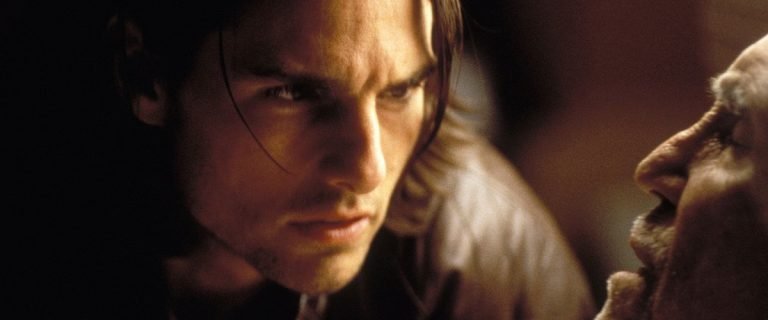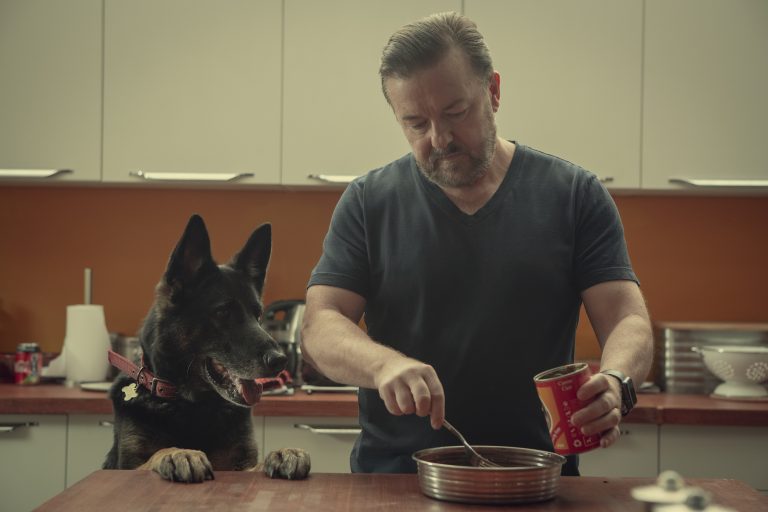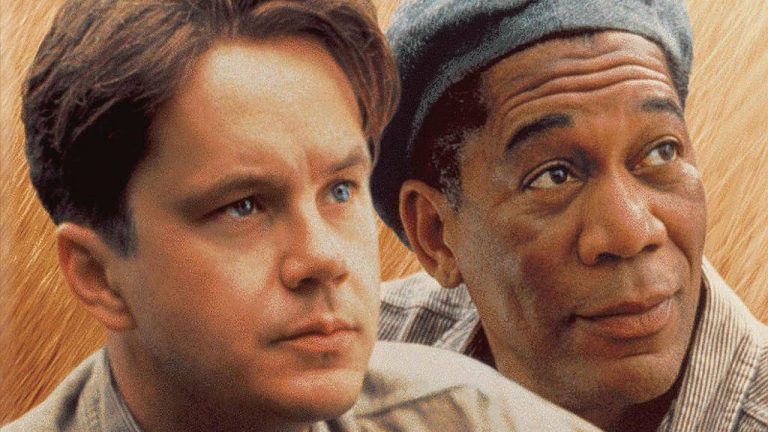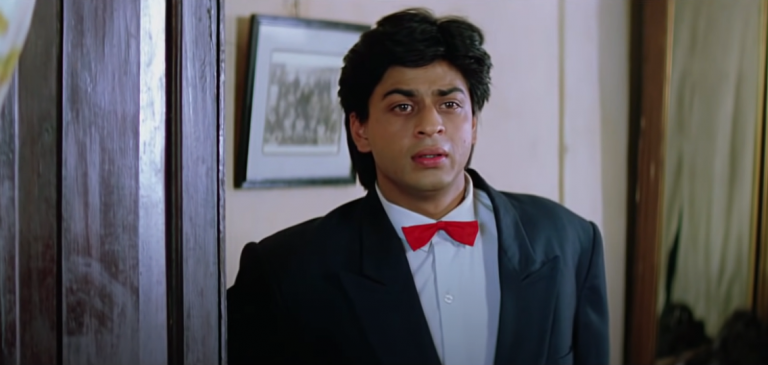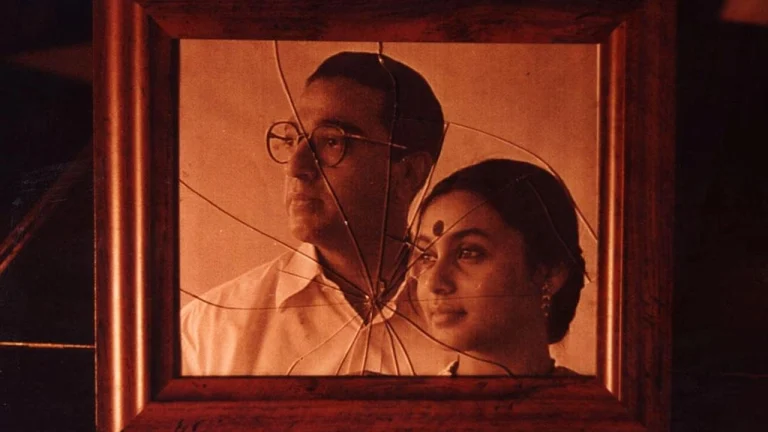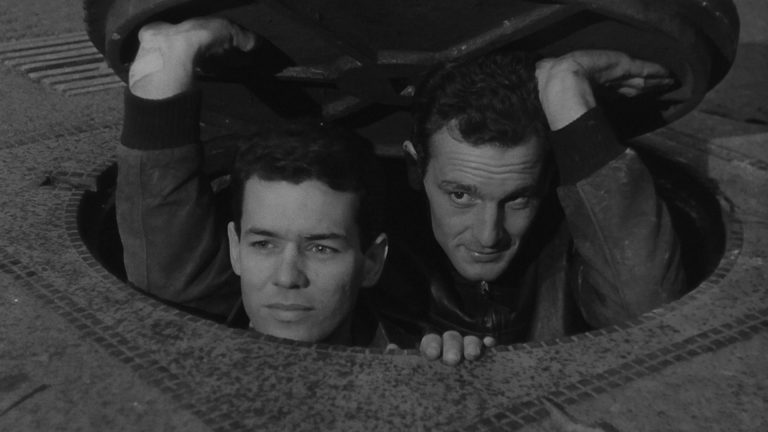There is a particular strain of disaster that only occurs when you combine overinflated ego, huge studio money, and the sincere belief that the normal rules of budget, human endurance, and physics don’t apply to you. It’s a dangerous cocktail, served best in some far-flung location away from the eyes of any producers who may ask impertinent questions, like “why?” and “How much!?”
We have all spent enough time in places where things go wrong, where plans descend into chaos, and you’re left to improvise with whatever is at hand, to start to recognise the signs. The sweating of the producers, crew members with thousand-yard stares. The director, who isn’t sleeping or eating and is no longer sure just what they’re making anymore. And it’s here, just teetering on the edge of utter collapse, that something interesting can start to happen. Sometimes, you’ll get “Ishtar.” Other times, you’ll get “Apocalypse Now.”
The difference, as it turns out, is everything.
In March of 1976, director Francis Ford Coppola went to the Philippines to make a movie about the Vietnam War. Sixteen months later, he returned with something else completely. He brought back a fever dream that had swallowed up $31 million, several nervous breakdowns, and almost his own life. He had intended to make a pretty-much straightforward adaptation of Joseph Conrad’s novella “Heart of Darkness.” It became his own journey into the void.
From the start, the omens were there. If anyone had been paying attention. Most of the sets were destroyed by Typhoon Olga. After two weeks, Harvey Keitel was fired as the lead and replaced by Martin Sheen, requiring huge reshoots. Then Marlon Brando finally turned up, weighing more than 300lbs, without having read the novella and demanding to improvise his lines. The helicopters loaned out by the Philippine military kept having to be reclaimed as they were needed to fight off an actual insurgency. And Martin Sheen, only 36, dropped from a heart attack and had to crawl a quarter of a mile through the jungle to get help.
And through all of this, Coppola kept filming. Or more accurately, searching. Searching for an ending, for some meaning, for a way to make sense of what the movie was becoming. His wife, Eleanor, filmed a documentary while shooting, and we see in real time a man coming apart at the seams. He admits on screen that “We had access to too much money, too much equipment, and little by little we went insane.”
And that insanity is plastered all over the screen. You feel it in the epic helicopter attack scene, scored with the nihilistic grandeur of Wagner’s “Ride of the Valkyries,” and with explosions rattling windows several miles away. In the Do Lung Bridge scene, we see a portrait of total chaos that works so well because the production itself was in chaos. And most of all, you see it in the final confrontation with Brando’s Col. Kurtz, where his mumbling, shadow-covered improv shouldn’t work but does. Because by this point, everyone, cast, crew, and audience, has been through the same deranged upriver journey.
Famously, the movie premiered at Cannes incomplete. Coppola declared that it was “not a film about Vietnam – it is Vietnam.” Pretentious? Completely. But also true. The movie’s production descending into madness became indistinguishable from its subject matter. The movie works so well because Coppola didn’t just depict the dissolving of Willard’s sanity. He enacted it on such a grand scale that it needed helicopters, water buffalo, and the utter commitment of everyone involved.
It’s a rare example of a disaster justifying itself. The horror, the horror. Indeed.
Also Read: 20 Best Japanese Horror Films
“Apocalypse Now” proved that chaos can yield art. The 1996 version of “The Island of Dr. Moreau” proved the exact opposite. It made us accept that some movie sets are just cursed, and talent, no matter how great, is not able to overcome the absolute wrongness of the whole operation. It all started so promisingly. There was a visionary South African director, Richard Stanley, known for surreal sci-fi at the helm. By the end, John Frankenheimer, an incredible director in his own right but totally wrong for this material, was screaming at people on a set that had become a prison of mutual contempt. And in between, anything that could go wrong, did.
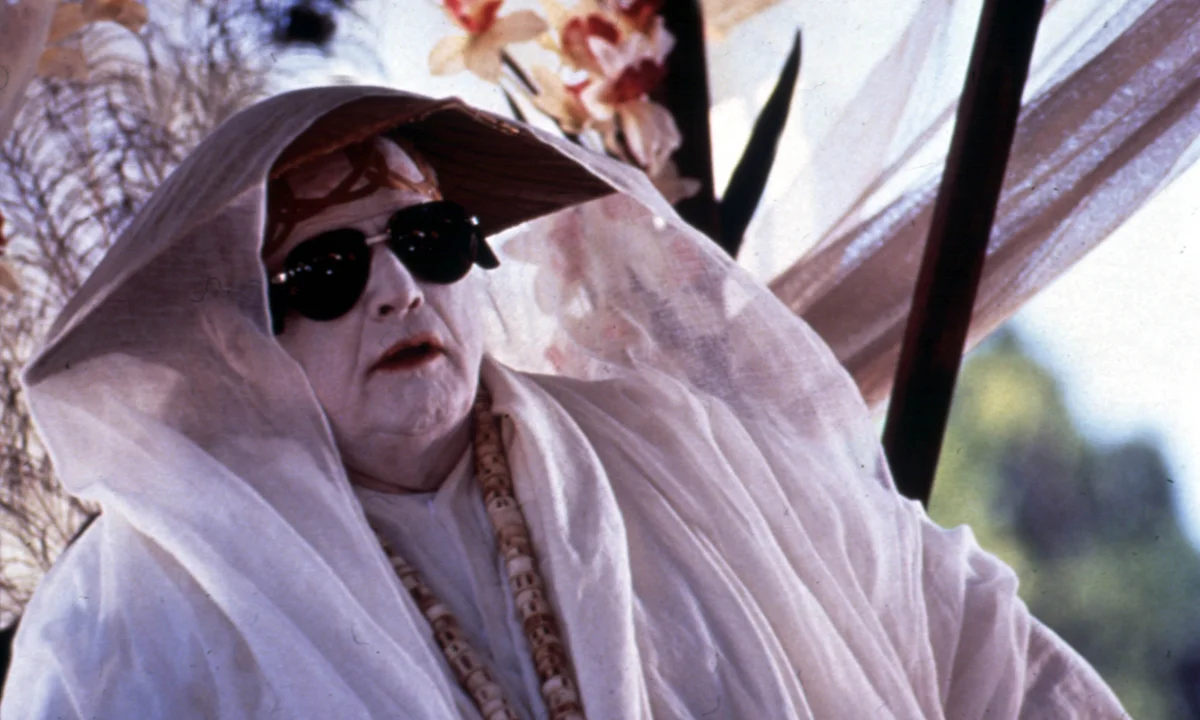
Stanley was fired after half a week and hid in the jungle, disguised as a dog-man, until he was physically removed. Frankenheimer, brought in to replace him, lasted longer but fared no better. Marlon Brando arrived, carrying his own personal baggage. His daughter had recently killed herself, and he began making ever more bizarre demands. He wanted his character to wear an ice bucket on his head. He had to be accompanied everywhere by a little person who would dress exactly as he did. He wanted his lines fed to him through an earpiece.
Val Kilmer, already with a reputation for being difficult, reached new heights of uncooperativeness. He also refused to learn his lines, had Brando’s filming days changed so they wouldn’t overlap, as they despised each other, and acted like a man being held hostage instead of an actor in a movie he’d signed up for. David Thewlis, supposed to be the movie’s protagonist, has described the movie as “maybe the worst” of his career. This is a strong statement from someone who has been acting in movies for decades.
Filming in a remote location in Queensland, Australia, was swarming with insects, ho,t and humid. The make-up for the animal-people took hours to apply and was unbearable to wear. Crew members walked off. Extras revolted. The script was being rewritten on a daily basis. Frankenheimer, long past his glory days, was alleged to be drinking through the day, and at one point tried to run Kilmer down with his car.
The end result is a movie that feels just like what it was: a collection of scenes, put together by people who openly hated each other and just about connected with a plot that nobody understood or cared about. What should have been the movie’s triumph, the animal-men make-up, just looks ridiculous because nobody is in character. Instead, it’s a group of actors, being dragged through hot shifts and wearing rubber suits. Brando rambles through the movie like a mad king who has given up. Kilmer is mentally anywhere else.
“Lost Soul: The Doomed Journey of Richard Stanley’s Island of Dr. Moreau,” the documentary of the movie, is far more compelling than the movie itself. It’s a behind-the-scenes horror show that makes Coppola’s “Apocalypse Now” experience look like the company picnic. It’s a tale of caution, a warning about what happens when nobody’s in charge and when the bare level of respect needed for collaboration evaporates in the dank jungle heat. We know that some sets can be crime scenes. This set seemed to be a mutual hostage taking. And the movie was the ransom note that nobody wanted to get.
It should not have cost $175 million in 1995 dollars to have Kevin Costner floating about a flooded Earth on a trimaran. It really shouldn’t have needed the building of the largest set ever constructed at that point. It really shouldn’t have become the poster boy for Hollywood hubris and excess. And yet.
“Waterworld” is interesting because, unlike the previous two disasters, this had no real reason to fail. The director wasn’t a ranting, distraught guy. Kevin Reynolds was competent, with talent. The script wasn’t Shakespeare, but it was workable. Kevin Costner was coming off “Dances With Wolves” and was considered bankable. It was a high enough concept to sell, but it should have been simple enough to execute.
Then again, executing anything on water is a logistical nightmare, and doing it on the scale of “Waterworld” needed hubris of a truly biblical scale. A floating city set was built off the coast of Hawaii, a huge artificial atoll, complete with walkways, buildings, and mechanical systems. That alone cost $22 million. And pretty much immediately, nature arrived to remind everyone who was in charge. A hurricane tore much of it apart before the shooting even began. It was rebuilt. Then started to sink. It then broke free from its moorings and started drifting out to sea. The Coast Guard had to tow it back.
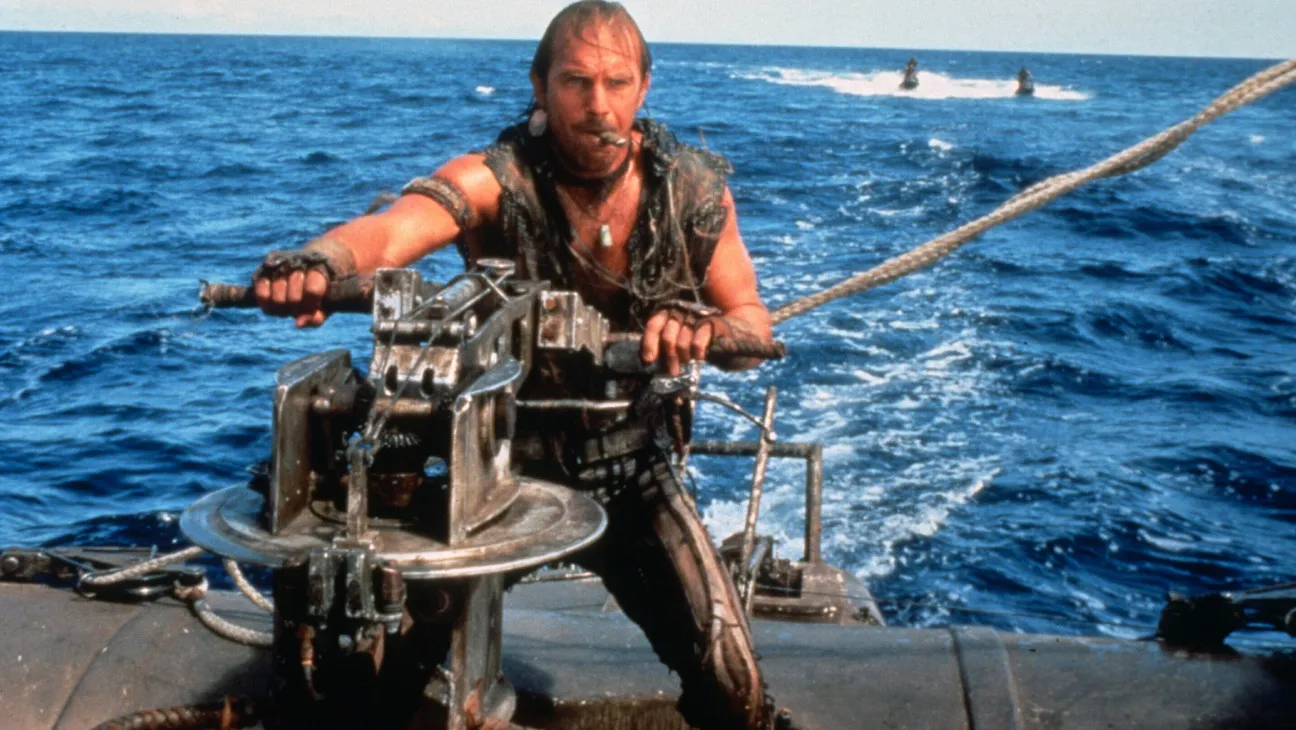
The main cast and crew spent more than 150 days on the water, coming to realise that it isn’t something the human body is designed for. There was an epidemic of motion sickness. Even simple shots took hours to get ready. Costner was poisoned by the water filtration system, and a stuntman was almost killed. By various accounts, the budget ballooned to $200 million, the most expensive movie ever made at that time. Reynolds and Costner, who had originally been friends, stopped speaking to each other. Reynolds finally quit during post-production, with Costner overseeing the final editing himself. Negative stories were leaked to the press by a panicked studio, and “Waterworld” became a punchline before the audience had seen a single frame.
But here’s the thing. The movie itself is…fine. It’s not great, but it’s not terrible either. It’s a decent enough post-apocalyptic action movie with honestly impressive stunts and practical effects. The production values are there; we can clearly see where the money went. Dennis Hopper is obviously having a ball chewing up the scenery as the villain. And whatever their cost, the action sequences work.
Waterworld’s crime wasn’t that it was bad. It was that it was just okay. After months of suffering and $175 million at least, there should have been either a transcendent experience or an incredible failure. Instead, we got a movie that would have been absolutely fine if made on dry land for $60 million. The disaster’s epic scale ended up overshadowing the adequacy of the movie. Eventually, it made its money back through home video and the international box office. However, its legacy still stands as a cautionary tale, a warning about letting ego and logistics make decisions. About believing that bigger is always better. Occasionally, ambition isn’t about reaching for the stars. It’s more about knowing when to say, “Maybe we should shoot this in a tank?”
And so, what can we learn from these debacles? Aside from the obvious that water is evil, and Marlon Brando should have been forced to read his scripts? They show us something fundamental about ambition in moviemaking. In every overly ambitious production, a moment arrives where it becomes clear the original plan isn’t working. The budget is out of control, and the star is having a breakdown. The schedule has become a fantasy, and the weather doesn’t care what you’re doing. In its infinite cruelty, reality has arrived.
What matters is what happens next.
Coppola, slowly unraveling in the Philippines, kept pushing towards…something. He didn’t know exactly what, but knew that to compromise would be to fail. The chaos was becoming part of the vision. The suffering soaked into the material. He journeyed into that heart of darkness and came back with a movie which, flaws and all, feels true and lived-in. The disaster managed to serve the art.
On “Dr. Moreau,” by contrast, it descended into contempt and infighting. Nobody’s vision survived. The surreal nightmare of Stanley was replaced by the hostile competence of Frankenheimer, and that was in turn replaced by nothing. People just showed up, said whatever lines they had been given, and collected a paycheque. The disaster there consumed everything, including the reason to make the movie in the first place.
And in between lies “Waterworld.” A movie that lost control, but didn’t lose sight of what it wanted to be. Even if what it wanted to be wasn’t worth the cost. There was clear ambition and professional execution. But the overall judgment that this movie needed this scale was wrong. It was an unnecessary disaster, which is more frustrating than one where it’s baked into the wild vision from the beginning.
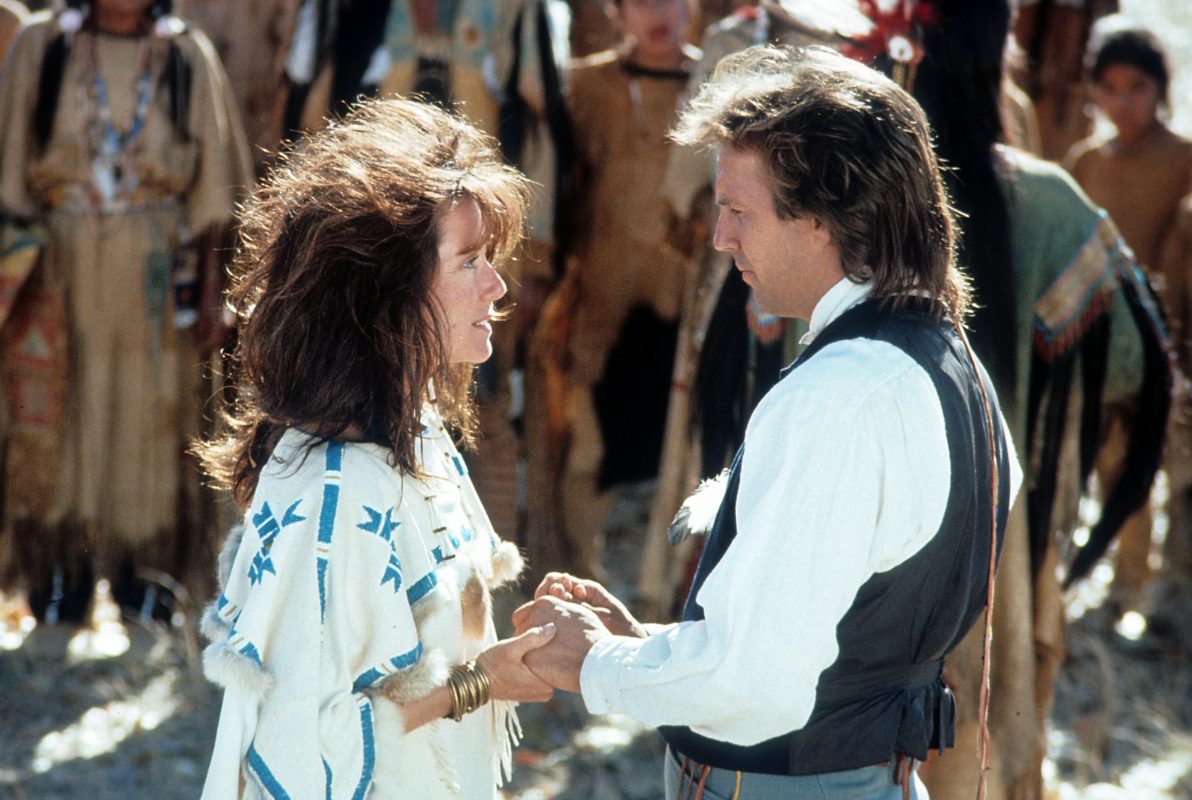
The line between chaos and ambition isn’t about difficulty, budget, or even suffering, really. It’s more about whether the vision is strong enough to soak up the disaster. Are you able to change catastrophe into material? The jungle defeated Coppola, and he made a movie about defeat. Stanley wanted a surreal, creepy fable and got a corporate movie instead. Costner needed a swimming pool, but instead demanded an ocean.
These stories persist, I think, because we’re interested in the limits of control. By what happens when talented people’s best-laid plans come up against the cold indifference of reality. It seems we want to believe that determination and genius will overcome anything, and the vision in the director’s head makes it translate onto the screen, if only people are willing to suffer for it. But as always, the truth is messier. Sometimes, suffering will produce art. Sometimes all it produces is suffering. And sometimes, you’ll get both, and the public won’t notice the difference.
Today’s movie industry, with obsessive pre-visualisation and risk-averse corporate structures, has pretty much eliminated these types of disasters. Coppola isn’t disappearing into the jungle anymore. There is extensive pre-vis, test shots, and suit-wearing executives monitoring the dailies in real time. And this is probably all for the best if you are going to worry about things like schedules, budgets, and people’s mental health.
But also, something has been lost. These nightmare shoots produced images that are indelible in cinema exactly because they were so uncontrolled, and reality intruded in ways that couldn’t be managed. In “Apocalypse Now,” the helicopters were banking through fire and smoke. The utter strangeness of Marlon Brando, hidden in shadow and mumbling about snails, moments like this exist because the production was in chaos. Not despite it.
That can’t be planned. You can’t pre-vis your way into authentic madness. The chaos has to be real. All this leaves an uncomfortable question. How much suffering is art worth? How many heart attacks and destroyed friendships? How much money was burned through in pursuit of a vision? And who gets to choose? The director, believing they’re making something important, or the crew who just want to survive until it wraps?
I don’t know. But I do know that “Apocalypse Now” endures because Francis Ford Coppola earned every second of its multiple runtimes with sheer ordeal. I know “The Island of Dr. Moreau” is now forgotten because suffering with no clear vision is nothing more than abuse. And I know that “Waterworld” proved you can spend $175 million and be forgettable. That, perhaps, is the saddest fate of all.
It’s a thin line between chaos and ambition. And crossing it can result in masterpieces or disasters. Occasionally, both at the same time. It seems the trick is knowing what side you’re on before you’ve gone too far to turn back. By then, of course, it’s always too late. The cameras are rolling, and the money is spent. The jungle waits. All you can do is keep filming and pray that whatever comes through on the other side is worth the journey. Sometimes it is. Most of the time, it’s not. But each and every time some director announces their intention to do something impossible, in an impossible location and under impossible conditions, we lean forward, curious to see what kind of disaster is about to unfold.
So if we’ve learned anything from these legendary disasters, it’s this: the most interesting movies aren’t made. They’ve survived. And the survival stories, for better or worse, are usually better than the movie itself.


